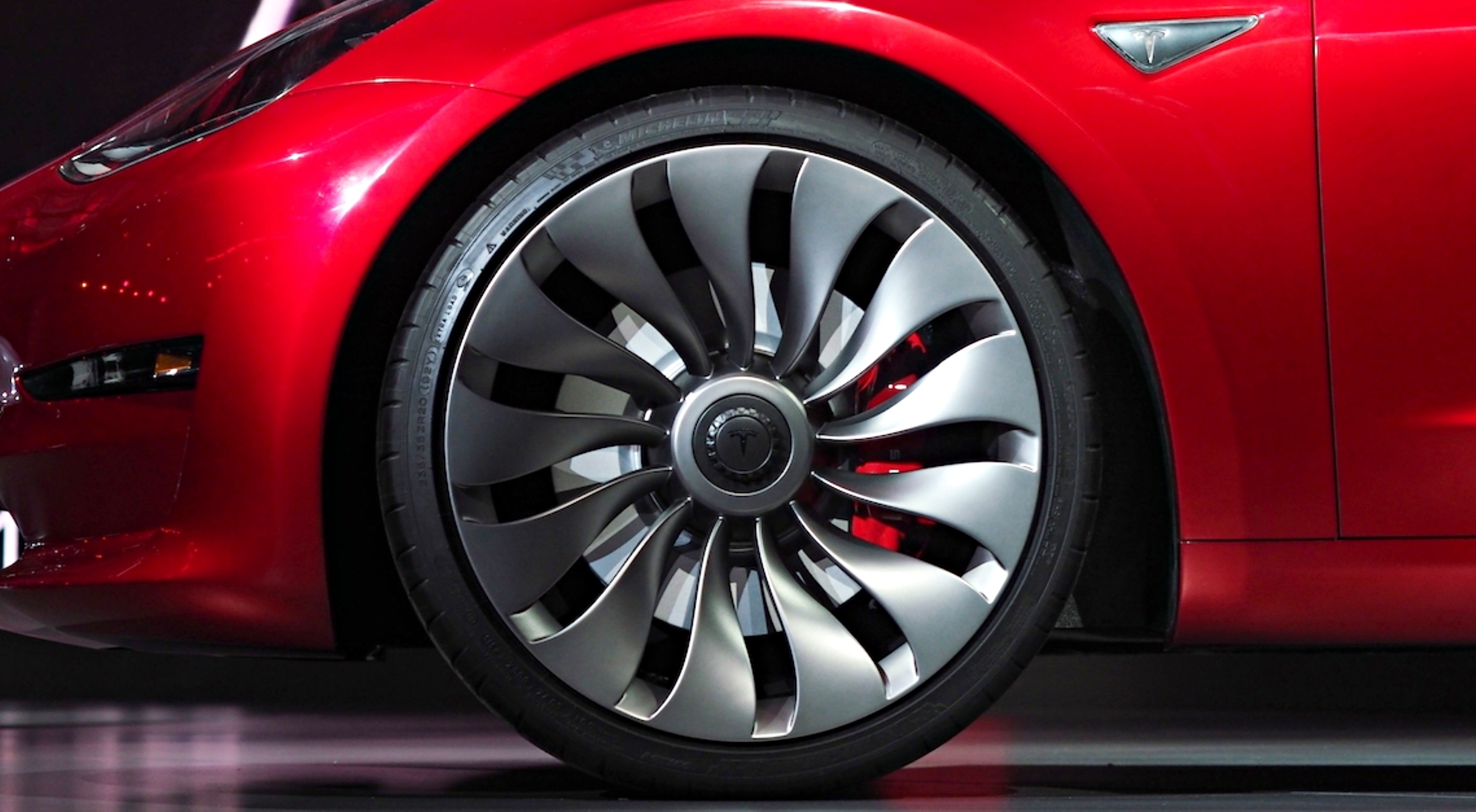Yes it does back off but not until it's already lost some traction. It's a bit scary on ice because the back end starts to move around before it backs off. The main difference between ABS and Regen braking is that brakes are heavily biased towards the front axle so you don't have that same instability.Does regen have logic equivalent to ABS? Will it back off and let the wheels rotate if they start to lock up? If not, then if you were to press the brake pedal when regen locked the wheels, would ABS kick in and start them rotating again?
So it kind of works like ABS, but it's just a scary version of it.





